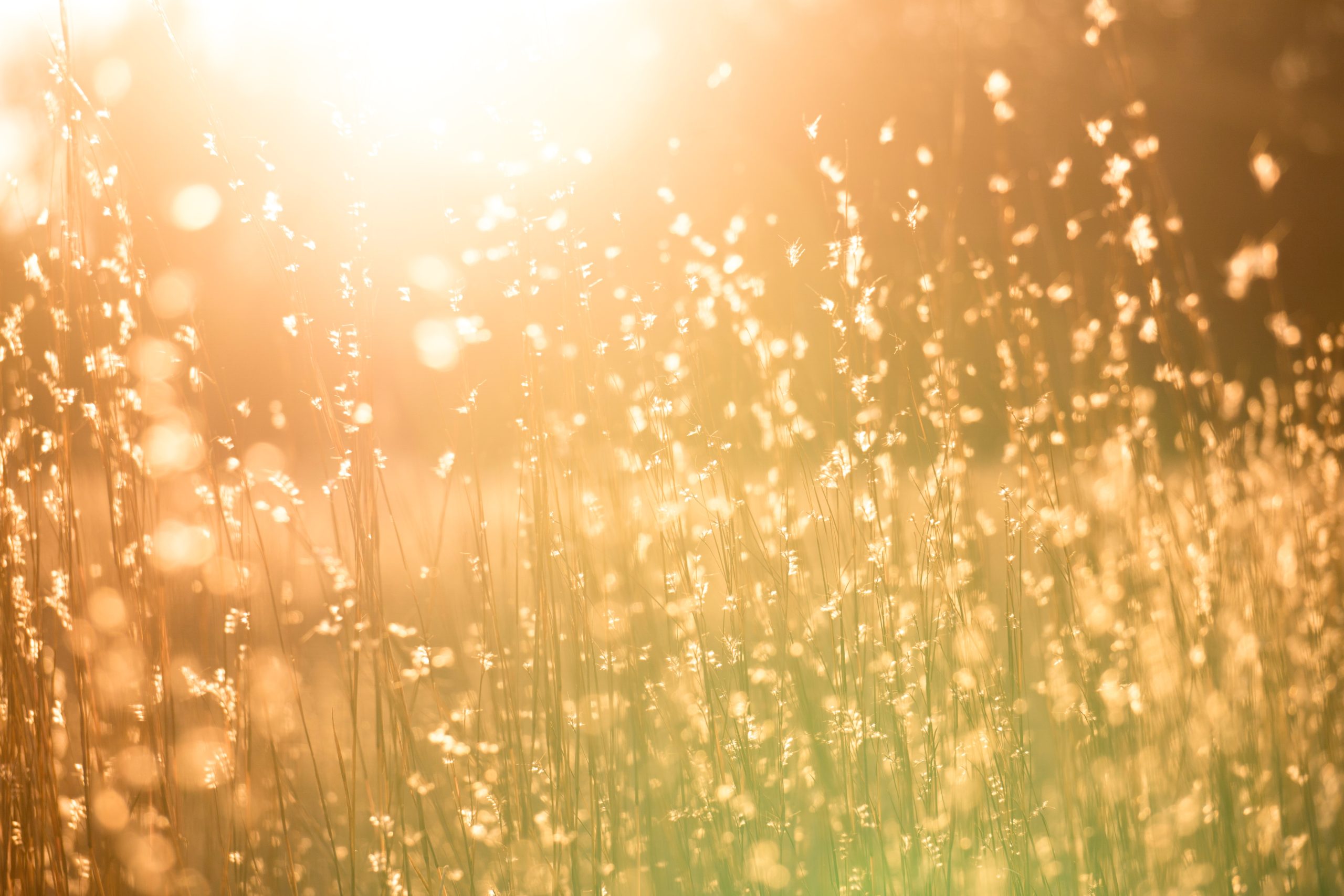Advances in Phototherapy
Phototherapy, or light therapy, is the exposure to direct sunlight or artificial light at controlled wavelengths in order to treat a variety of medical disorders. (Light therapy) Light therapy has been around for a long time. Natural sunlight is free and abundant in many climates, and doctors have known that it does other things for our bodies like assisting in producing vitamin D, elevating mood and killing dangerous bacteria and mold on our skin. However, natural sunlight is not always available, and also has ultraviolet wavelengths that can be dangerous in longer doses. New technology is able to select the wavelengths and with the right exposure, provide the same healing benefits as natural sunlight without additional skin cancer risks.
Phototherapy is now a standard treatment for skin conditions like psoriasis (raised, red, scaly patches on skin), vitiligo (loss of color on patches of skin), eczema (a condition that makes your skin red and itchy), as well as various forms of skin cancer. The key to healing is selecting the correct wavelength, intensity and duration of exposure, which are determined by research trials on animals and humans. Ultraviolet light has been classified into three groups of descending wavelengths: UV-A, UV-B and UV-C (for more in-depth explanation on wavelength, visit our article here). UV-A and -B are the types used for phototherapy, with UV-B being further broken down into narrow-and broad-bands. Narrow band UV-B has been found to be most effective for psoriasis, for example, and can be produced by traditional ultraviolet lamps, or LED bulbs. Excimer lasers have been approved by the Food and Drug Administration (FDA) for treating chronic, localized psoriasis plaques by emitting a high-intensity beam of UVB. (Phototherapy) These treatments can be applied in doctors offices or at home using approved medical equipment and prescription.
Since we know that sunlight has the power to purify water and disinfect surfaces like sheets, fabric and plastics, we know that it is actually killing microbes as well. Again, it’s the UV wavelengths in sunlight (including UV-C) that break up DNA and inactivate microbes and mold. Why not apply this to skin and wounds to kill infections? Ultraviolet light was first used to sterilize bacteria over 100 years ago, a treatment based on the work of Niels Finsen, who won the Nobel Prize in Physiology in 1903 for using filtered sunlight as a cure for skin tuberculosis. Now uv light is being used in tandem with antibiotics to enhance their effects and overcome antibiotic resistance, which is a growing problem. Bacteria can evolve to resist drugs, but bacteria cannot resist the destructive power of UV light.
Antimicrobial photodynamic therapy (aPDT) is a chemical reaction triggered by visible light for use on antibiotic-resistant bacteria strains. It involves molecular oxygen, light, and a photosensitizer (something that creates a reaction between oxygen and light). To test it, researchers used an already FDA-approved dye called methylene blue as a photosensitizer, and specially constructed panels of 25 LEDs in reflective cones. Light and photosensitizer were tested with Methicillin-resistant Staphylococcus aureus to determine the lowest dose and shortest series of antibiotics that could weaken the bacterial membranes and other resistance mechanisms. The resistant bacteria, weakened by aPDT treatments, were killed with far lower doses of current antibiotics, and it’s a promising method for treating resistant bacteria in wounds and reducing antibiotic use in general. (Light-Based Therapy Weakens Antibiotic-Resistant Bacteria)
At the other end of the light spectrum (literally), red and infrared lights also promote wound healing, but possibly for different reasons. Although a Danish physician (Niels Ryberg Finsen) received a Nobel Prize in 1903 for discovering that exposure to concentrated red light accelerated the healing of sores, scientists today are only beginning to learn how and why this happens. Research funded by NASA in the 1990’s showed that near-infrared laser light speeds healing of wounds, particularly those that are starved for oxygen, by boosting the production of growth-factor proteins, collagen, and blood vessels.One company that spun out of NASA’s programs is Multi Radiance Medical, which produces laser units for physicians, athletic trainers, physical therapists, chiropractors, and veterinarians. Although lasers have the possibility of damaging surrounding tissue, and they also use a lot of energy and they’re expensive, LED arrays are a better alternative. They are cheaper, use less energy, can be designed to emit multiple wavelengths, and cover a larger area than a laser. (NASA Research Illuminates Medical Uses of Light) This is where the consumer must be careful, however, as today there are many manufacturers of LED red light therapy devices, and without applying the research of specific wavelengths, intensity and timed sessions, these devices are simply lamps, not healing devices. When searching for a red light therapy device, you want to look for a device with 600 to 900 nanometers (nm) of light, as well as one that is easy to use or easy to wear. (Red Light Therapy Review) Therefore, it’s wise to research the manufacturer on their knowledge of the technology, dosage instructions and independent testing of their products for wavelength, flicker rate. This manufacturer has developed a helpful blog to understand red light therapy and its uses.
Here’s the best part: despite all the technology and expense, the benefits of UV light and infrared light can be free. We know that sunlight has the “full spectrum” of light–from ultraviolet to infrared–and it can be helpful in moderate doses, not "lying on tinfoil basking like a trout"! With the right intensity and dosage, it doesn’t have to hurt your skin, but can actually heal it. Our parents and grandparents might have advised us to “get out in the sun”, and moderate exposure is the key to getting more benefits than downsides.
Photo by Kent Pilcher on Unsplash

